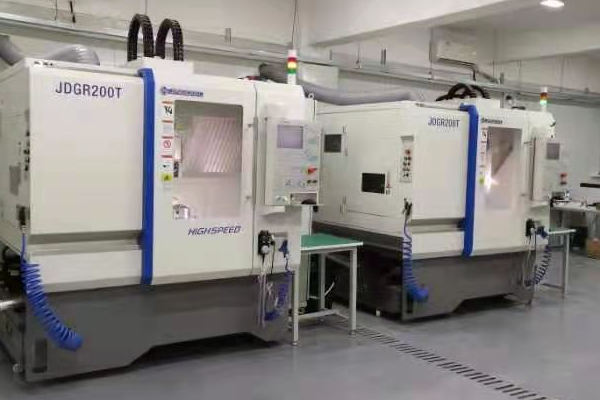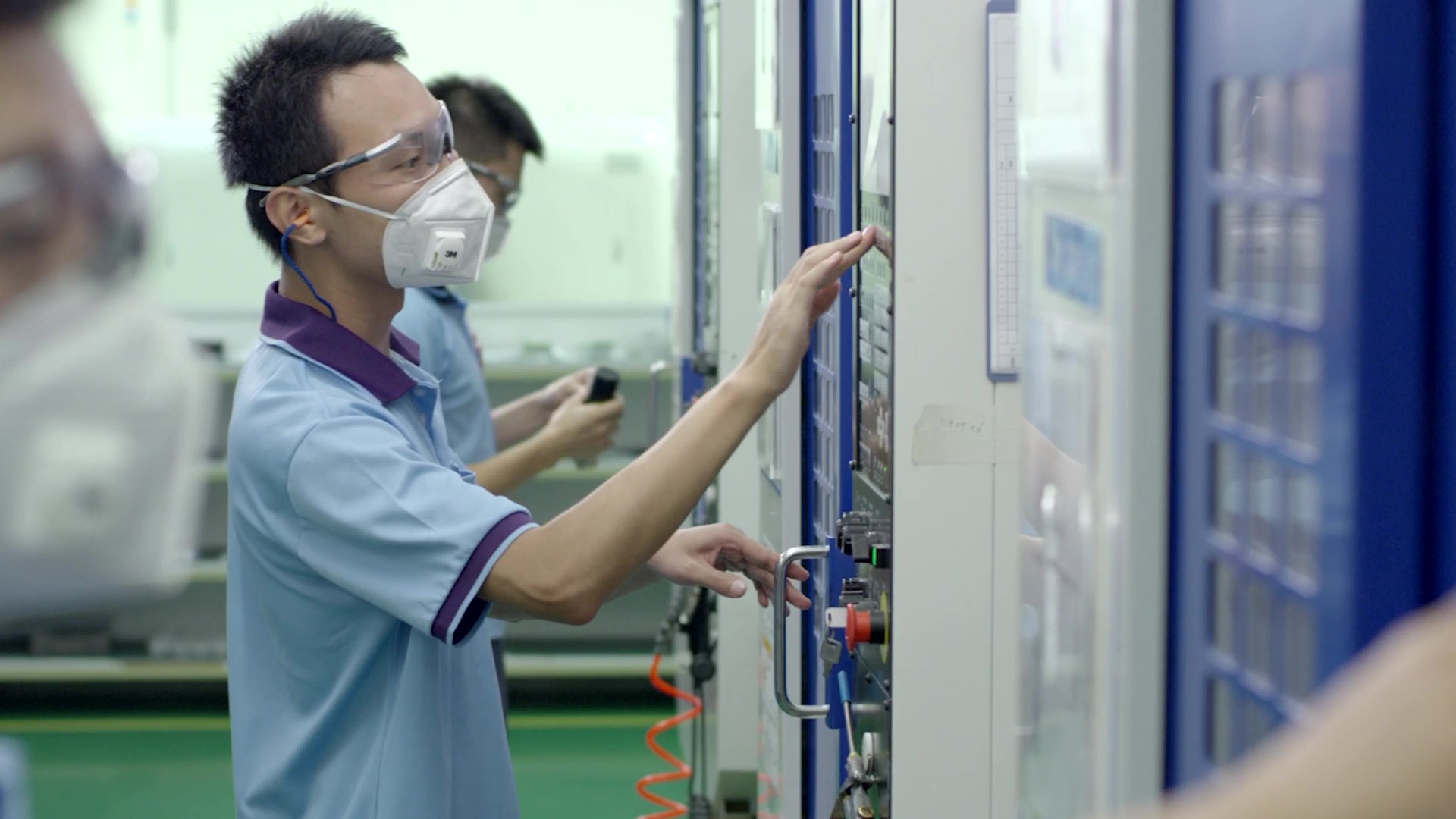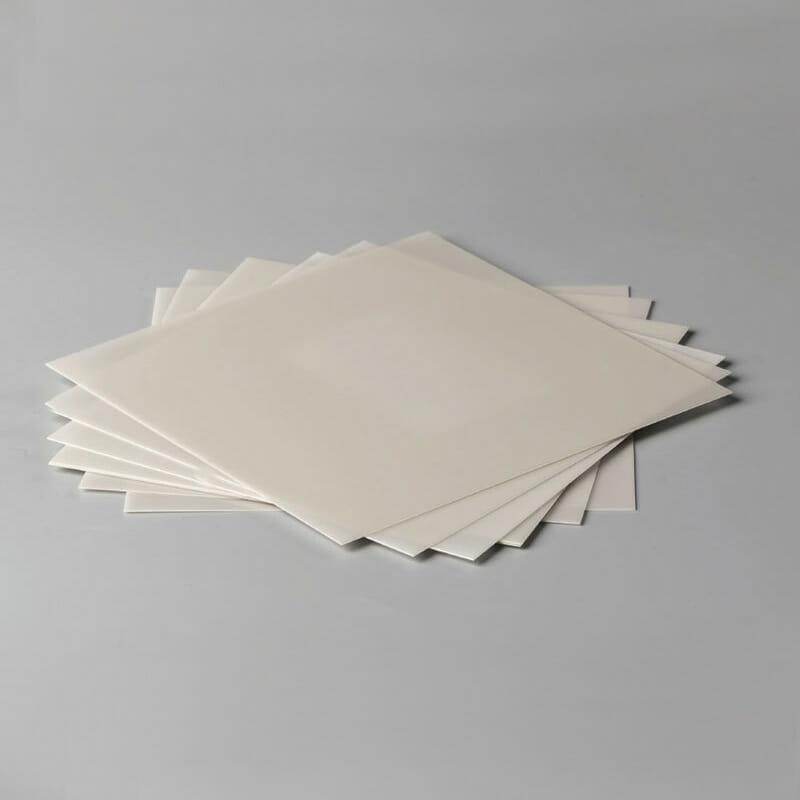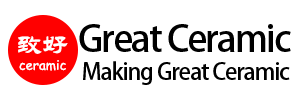Applications of Advanced Ceramics in the Automotive

The automotive industry is undergoing a rapid transformation, driven by trends such as electric vehicles (EVs), autonomous driving, lightweight design, and green manufacturing. Amid these innovations, advanced ceramics have emerged as a critical class of engineering materials, offering exceptional mechanical strength, thermal stability, electrical insulation, and wear resistance. From high-performance engines to cutting-edge battery systems, advanced ceramics are redefining automotive design, safety, and efficiency.
Why Advanced Ceramics Are Ideal for Automotive Applications
Unlike traditional metals and plastics, technical ceramics such as alumina (Al₂O₃), zirconia (ZrO₂), silicon nitride (Si₃N₄), aluminum nitride (AlN), and silicon carbide (SiC) exhibit a unique combination of properties:
These properties make ceramics ideal for critical components where performance, longevity, and miniaturization are essential.
Key Ceramic Materials Used in Automotive Components
At Great Ceramic, we help our customers achieve unprecedented levels of performance, reliability and sustainability by offering a wide range of advanced ceramics with exceptional properties.
| Material | Properties | Common Automotive Applications |
|---|---|---|
| Alumina (Al₂O₃) | High hardness, electrical insulation, wear resistance | Spark plug insulators, fuel injectors, sensors |
| Zirconia (ZrO₂) | High toughness, thermal shock resistance, ionic conductivity | Oxygen sensors, fuel cell membranes, valve components |
| Silicon Nitride (Si₃N₄) | High strength at elevated temperatures, lightweight, excellent wear resistance | Turbocharger rotors, glow plugs, bearings |
| Aluminum Nitride (AlN) | High thermal conductivity, electrical insulation | Power electronics, EV thermal management modules |
| Silicon Carbide (SiC) | Extremely hard, thermally conductive, chemically inert | Mechanical seals, EV inverters, power modules |
| MGC (Machinable Glass Ceramic) | Easily machined, good electrical insulation | Prototyping, sensor bases, specialized housings |
Key Applications of Advanced Ceramics in the Automotive
Great Ceramic's Capabilities
At Great Ceramic, we specialize in the custom machining of advanced ceramic components. Our precision manufacturing services ensure that each part meets exact design specifications with tight tolerances and smooth finishes. We offer:
Relevant Products
Frequently Asked Questions (FAQ)
Advantages of Using Ceramics in Automotive Applications
If you're seeking automotive-grade ceramic components for cutting-edge performance and reliability, contact Great Ceramic today for expert support and custom solutions.





